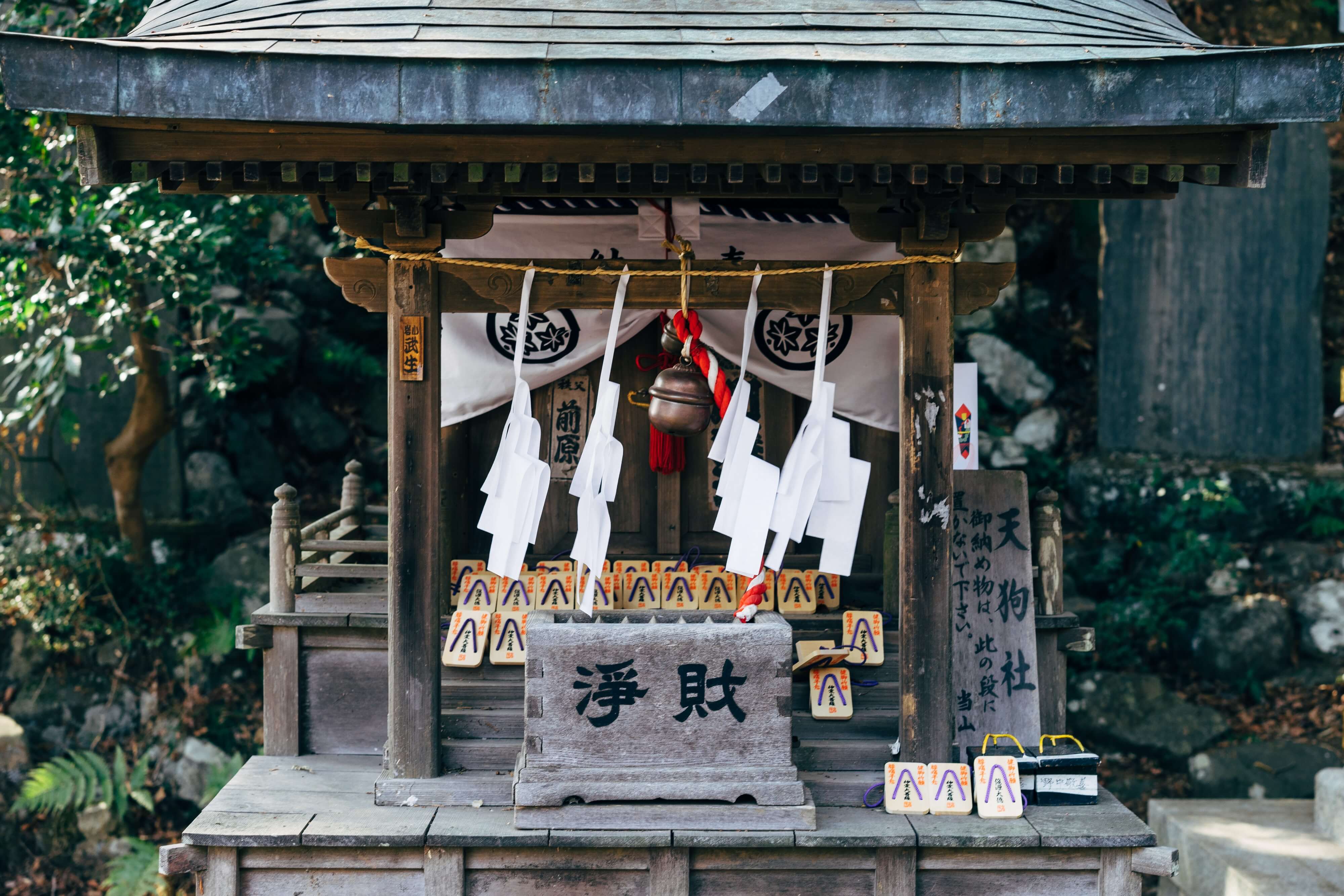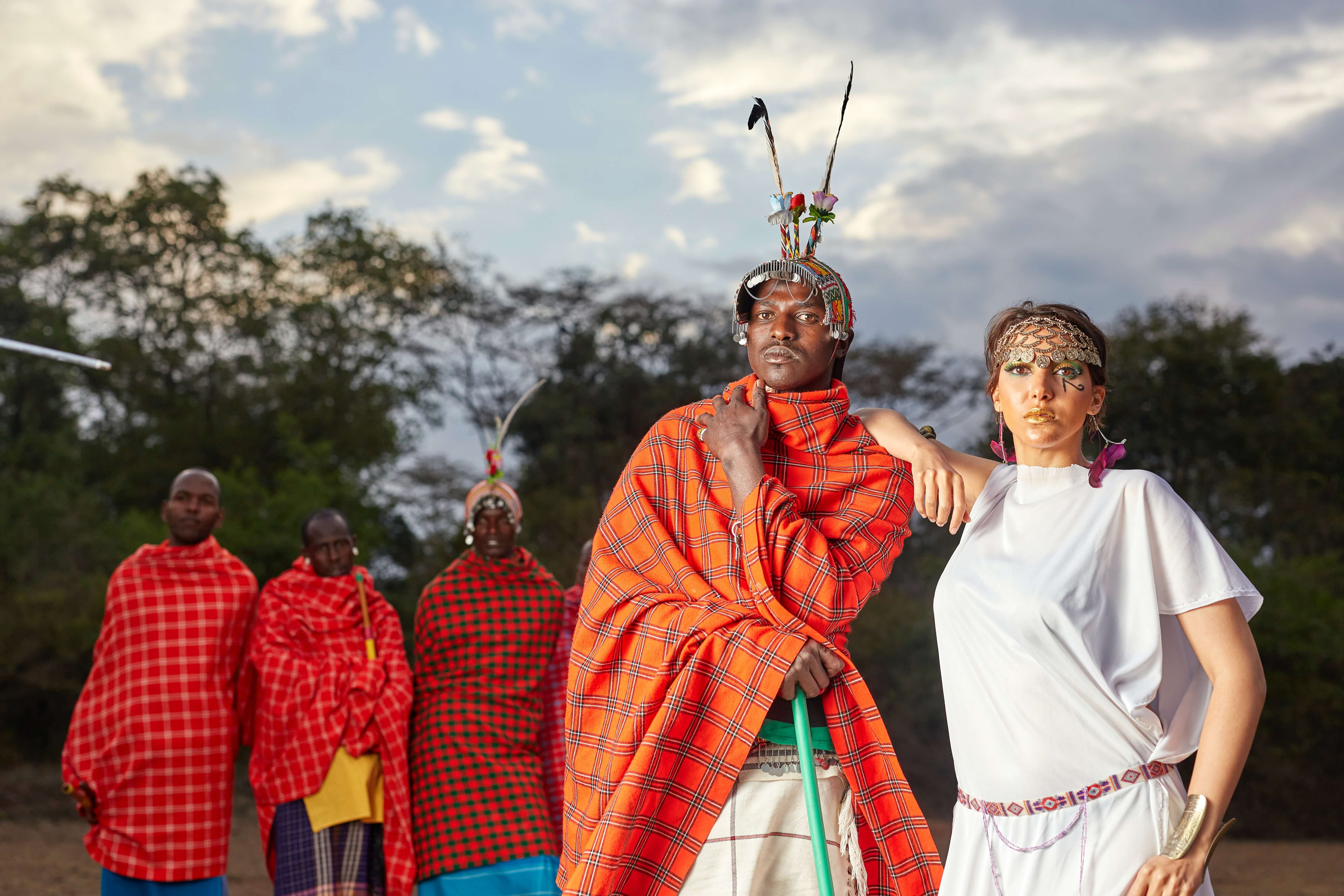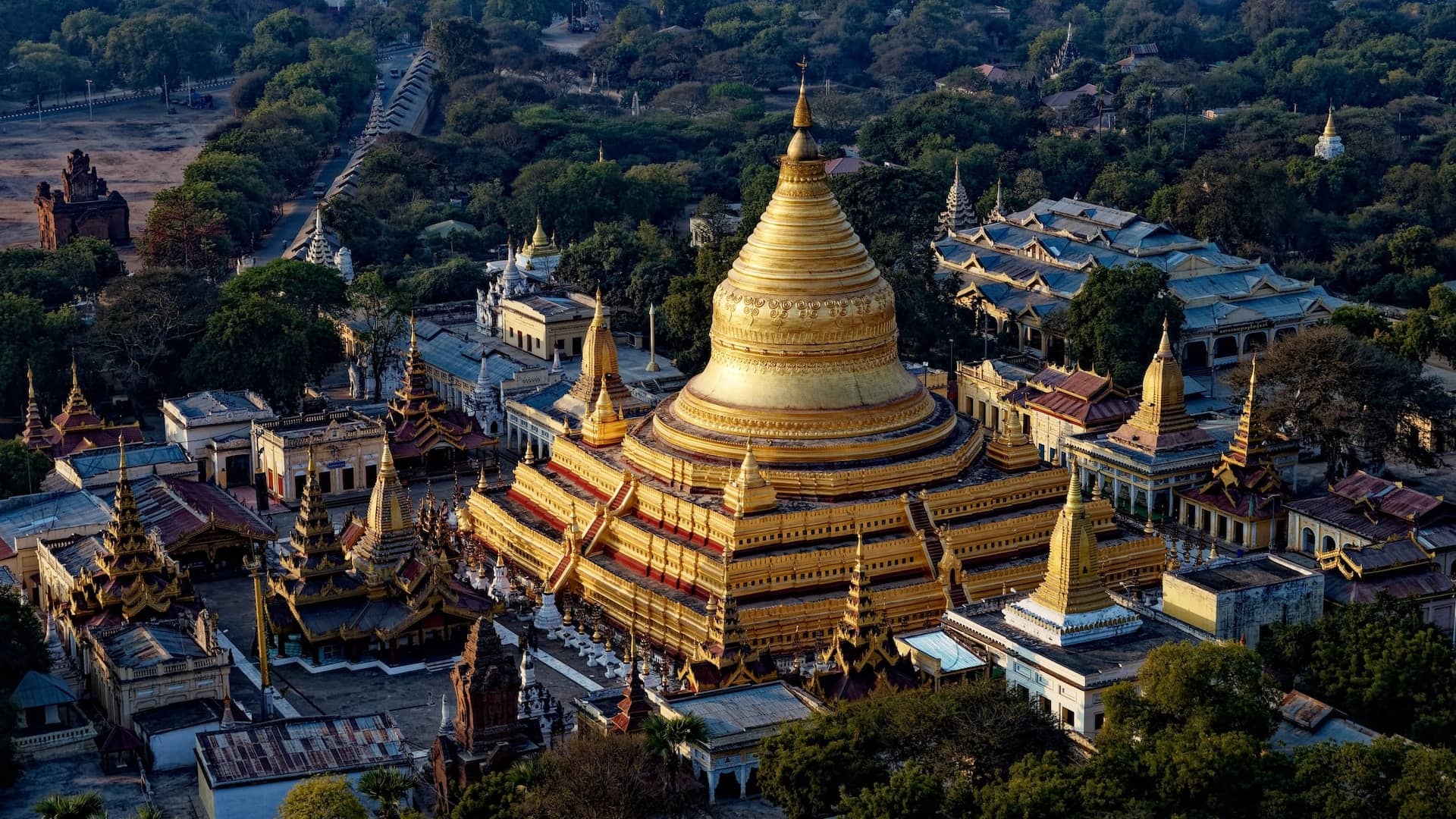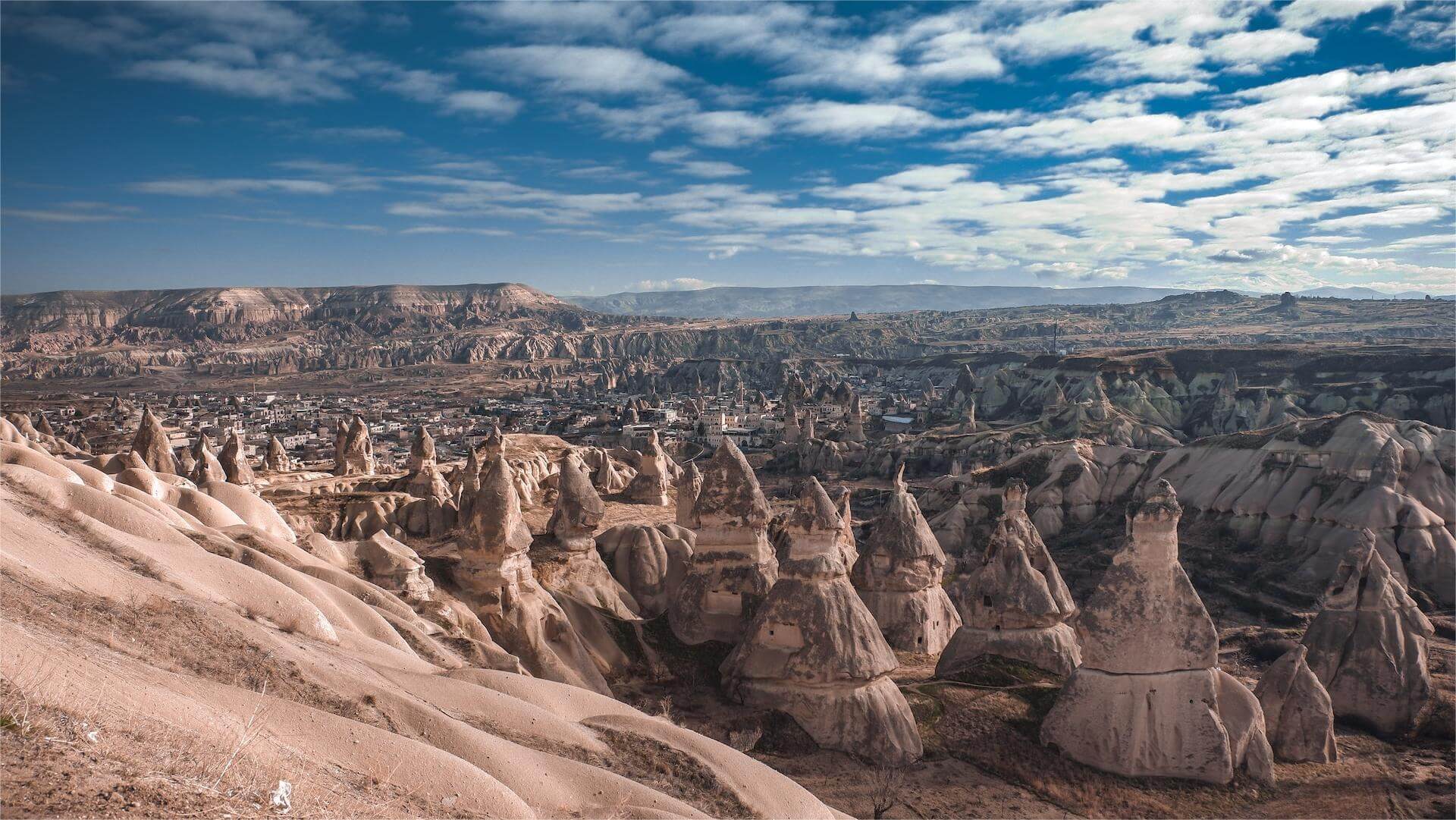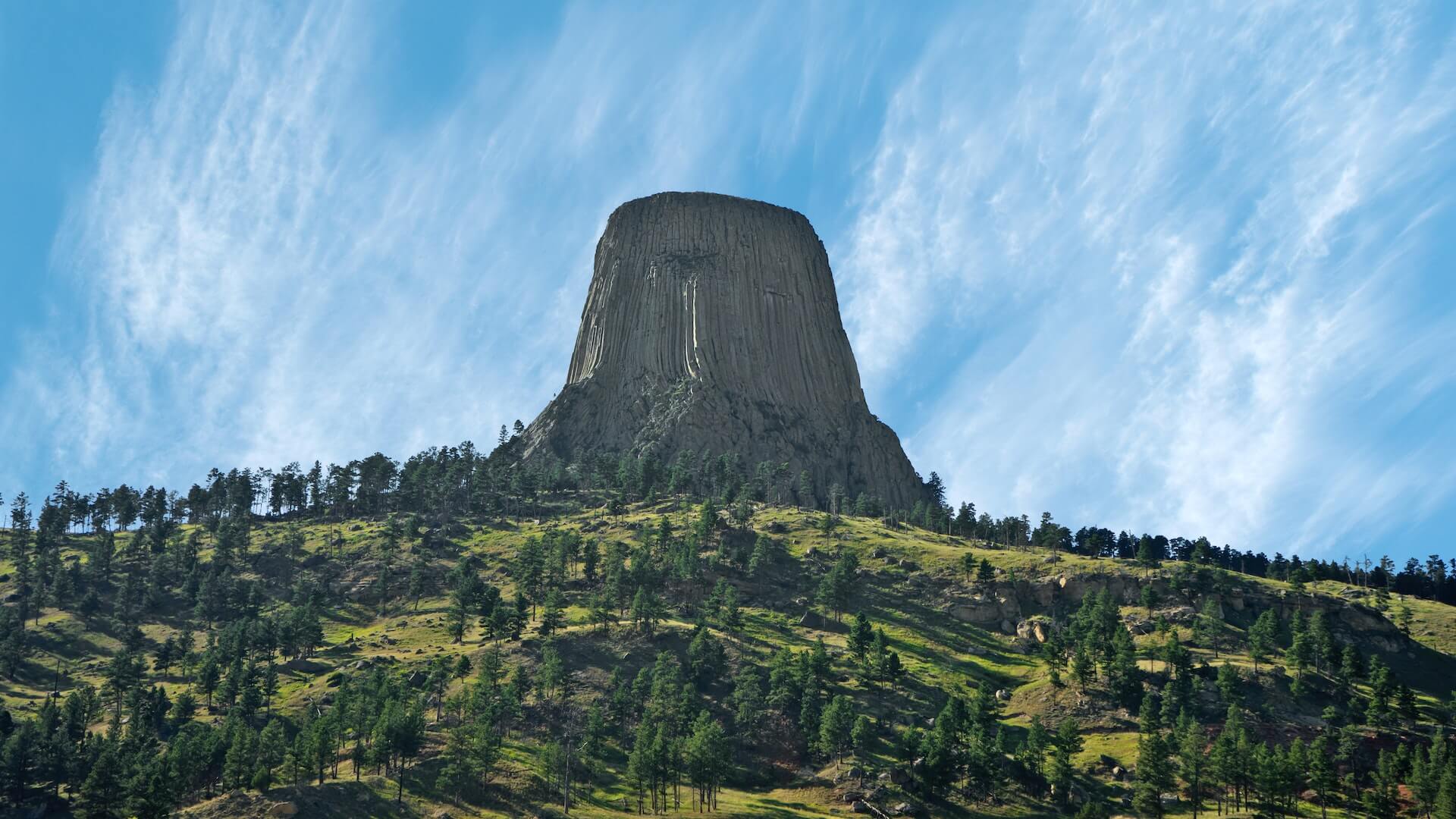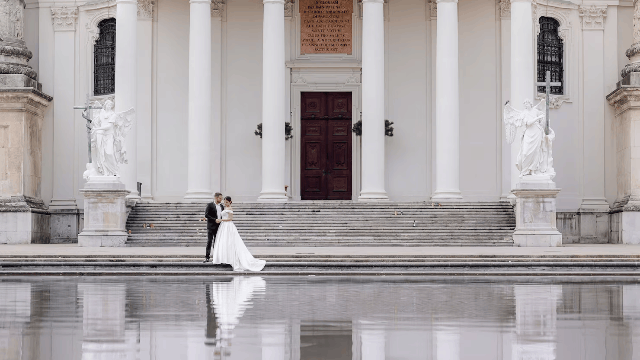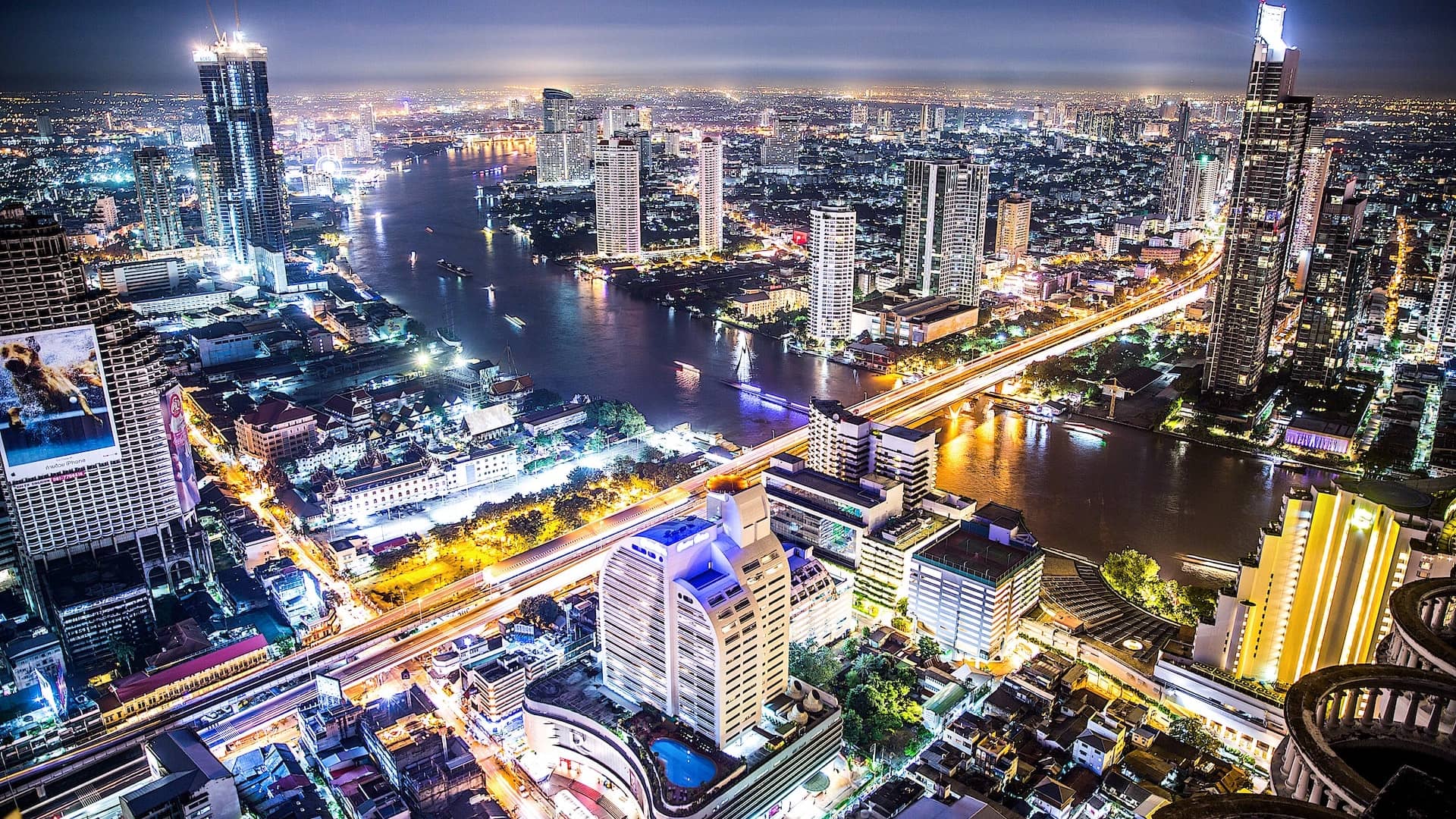S
On October 22, 794, Emperor Henmu of Japan moved the capital city from Nagaoka-kyo to Heian-kyo, and this day can be said to be the birth day of Kyoto. The Kyoto Heian Festival is one of the three major festivals in Japan and is held every year on October 22. This festival is most famous for the parade in which people dress up in costumes from various eras of Japan, giving a sense of time travel.
In the Edo period (1603-1868), Kyoto had a population of about 350,000. But when the capital was moved to Tokyo, Kyoto's population declined sharply, to only about 220,000 in 1873. At that time, Kyoto residents were afraid that their city would gradually decline if they did not make any efforts. In order to revive Kyoto and boost the morale of the locals, an association in Kyoto decided to organize a parade to recreate the customs and traditions of Kyoto from the early Heian period to the end of Edo period. 1895, in order to commemorate the 1100 years since Emperor Huanmu moved the capital to Kyoto, the people of Kyoto built the Heian Jingu Shrine with a statue of Emperor Huanmu enshrined inside, and the Era Festival was one of the commemorative events held at that time and has been held almost every year since then.
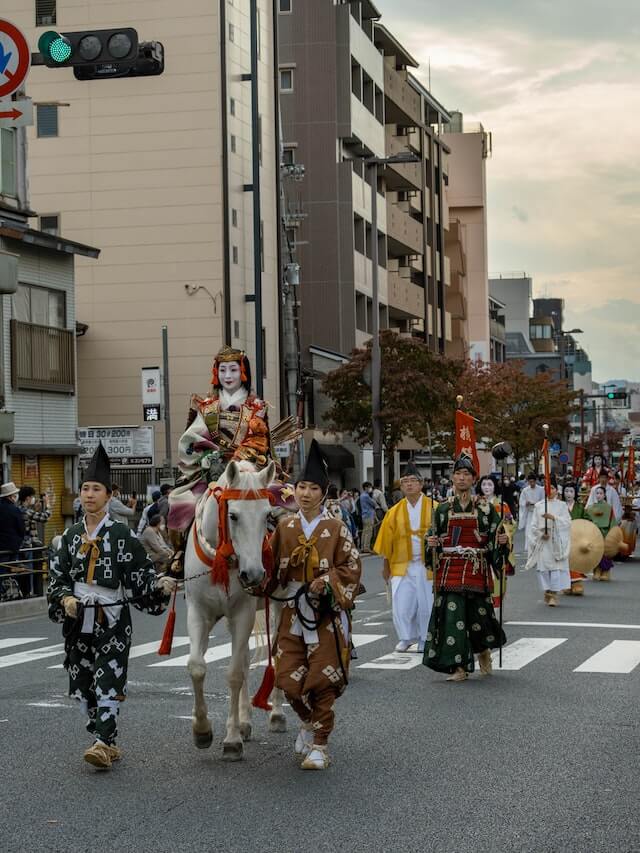
An ancient festival with a history of more than a thousand years, the Era Festival includes many festivals, but the highlight is the Era Custom Parade. More than 2,000 people are dressed in the clothes of various people from various eras of Japanese history for more than 1,000 years, including merchants, farmers, samurai, generals, noblewomen, servants, children, etc. All the costumes and weapons are strictly restored to historical facts, and the whole parade is like a "walking museum" that visitors can see for a thousand years.
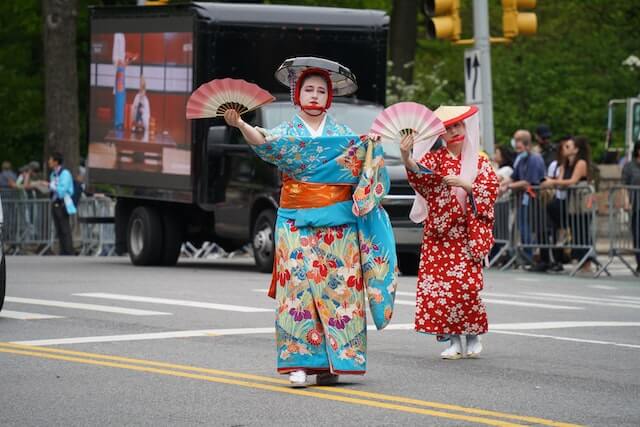
On the day of the festival, the nearly two-kilometer-long parade started from Kyoto Gosho, the last imperial palace in Kyoto, and went all the way to Heian Jingu Shrine. The procession, which is led by a procession of the Vaisnava King accompanied by drums and flutes, uses more than 12,000 ancient artifacts, including costumes, ornaments and shoes and hats, which are made from the same materials as the historical antiquities, in an effort to restore them to their original form. What the audience sees is not only a costume parade display, but also a glimpse of Kyoto's rich history and folk traditions.
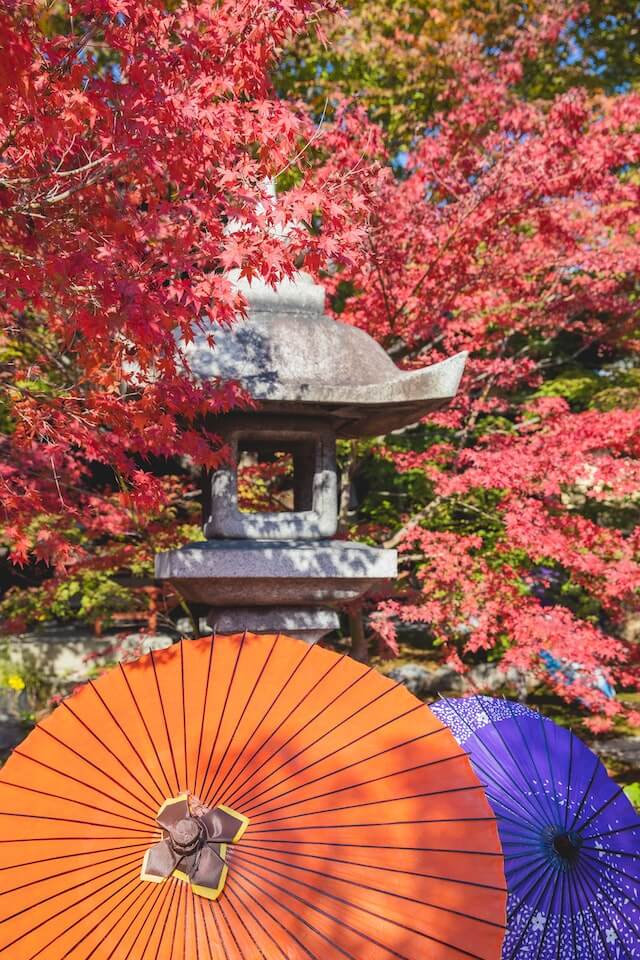
In addition to the Times Festival, you can also check out the leafy mountains in Kyoto when you are here. Although late October is not the time when the leaves of Kyoto are at their peak, Kyoto has already entered the red leaf season at this time, starting the most beautiful time of the year.
